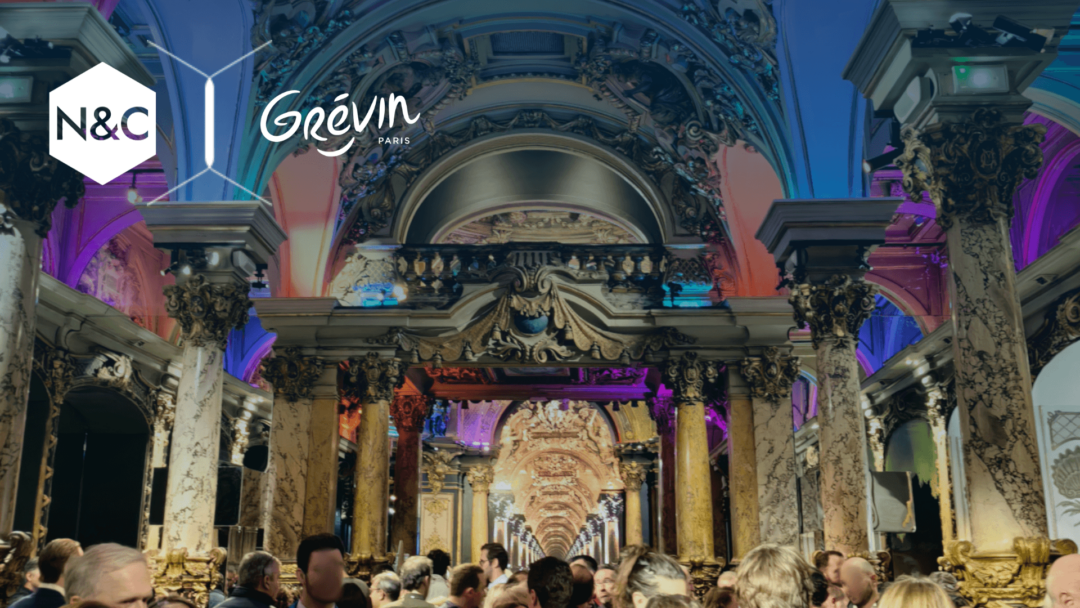The sales have barely begun when a second, even more violent wave invades our connected screens and the advertising hoardings in our towns and cities. Discount levels are rocketing, up to 70% or even 80% off. Some tourism operators are taking advantage of these privileged moments to transform their traditional Special Offers into ‘Sales’, which can be found winter and summer alike. Good or bad idea?
Sales are mass destocking of unsold goods. The process is highly regulated by law, with dates set in advance by the prefects (excluding floating sales), at specific times twice a year and for a limited period. Sales may be at a loss.
Special offers in the tourism industry do not follow the same principles. Firstly, because it would be disastrous to announce the periods of validity of a Special Offer in advance: customers, following the example of the clothing market, would wait for the Special Offer to book their holiday, resulting in both a slowdown in the rate of sales before the Offer is published, and a definite dilution of income.
A recent CREDOC study published in 2012 shows that 60% of French people wait for the sales to make their clothing purchases. While some see this as a period that generates additional sales, the Revenue Manager sees it more as a displacement of demand. And a dilution of income.
Special Offers in the tourism industry
In the tourism industry, the decision-making process for Special Offers is unfortunately often modelled on that of fashion.
The Special Offer is seen as a destocking mechanism to fill empty rooms or unoccupied aircraft seats. In my opinion, this is a miscalculation.
Firstly, because optimal revenue is almost never achieved with 100% occupancy. The fare reduction required to reach maximum occupancy is often achieved at the cost of a significant loss of revenue:
- Some customers who were prepared to pay the full price will take advantage of the price cut to slip in (dilution effect).
- Other customers, who had a very specific budget in mind and had already planned to book with the same brand, will move their stay (cannibalisation effect).
It may seem counter-intuitive, but it’s generally better to leave a few rooms empty than to go looking for the last few points of occupancy by lowering prices. Because the cure is often worse than the disease.
Secondly, because a Special Offer is rarely decided for the right reasons: the occupancy rate is often deemed too low because it is compared to the budget or to last year. This is the main trigger for Special Offers. However, customers will respond favourably to a Special Offer if it is of interest to them, regardless of whether they are ahead of or behind a budget or a reference year N-1, which they don’t even know about and couldn’t care less about.
In my view, there are 4 situations that can be good triggers for launching a Special Offer:
- Checkmating a competitor: in other words, defensively. The response must be rapid to show the competitor that you are monitoring their actions and that you are in a position to retaliate.
- Communicate: a special offer can be an opportunity to make a statement. The aim is not to generate maximum sales in the short term, but to raise awareness of the brand and develop its reputation, particularly in a market where the brand is little known.
- Promote the market: again, without necessarily counting on a large volume of sales. Sales teams may need a Special Offer to energise their network and partners.
- Generate volume: here we come at last. This is the most common case: generating additional volume, in sufficient quantities to compensate for the price reduction.
Then, once it has been decided, the special offer must follow the following principles:
- If the aim is to generate additional volume, we need to ensure that the increase in volume more than compensates for dilution and cannibalisation. And even significantly more, because at constant turnover, generating more volume means incurring variable costs that are generally not taken into account (cleaning, electricity, back office work setting up the offer, communication costs, etc.).
- Analyses should be carried out to estimate the volume usually generated without a Special Offer over a comparable perimeter (in terms of sales period and length of stay). Simulating a price cut will make it possible to estimate the target volume that will compensate for the price cut and will serve as a basis for setting a sales target. The way in which the Special Offer is packaged (value discount, percentage, reduced price, free night, etc.) can vary according to the type of customer, the brand’s positioning and the sales channel, and depends on the specific characteristics of each market.
- A quid pro quo must be requested if the Special Offer is extended to all distribution partners: minimum volume expected, dedicated communication, newsletter, etc.
- Finally, even if it is all too rare to take the time to measure the performance of the Offers launched, this feedback enables us to learn about customer behaviour and identify which mechanisms need to be renewed and which ones need to be forgotten. Most tourism operators are in the thick of things and don’t measure their past actions, repeating their mistakes which lead to delays in sales, which trigger new offers, which…
Sales are industrial, mechanical and recurrent. Special Offers are following the same logic, constantly feeding the loss-making machine.
And yet they should remain « special », exceptional, and be worked on with rigour and method, because most of them destroy value.
A few definitions
Dilution: A customer who had planned to pay the regular price for a product, but takes advantage of a special offer to slip in and pay less.
Cannibalisation: A customer who had planned to book on holiday A at the regular price, and takes advantage of the special offer on holiday B to slip in. The company does not generate additional volume from this customer, but displaces him. In terms of revenue, the consequences are the same as for dilution.
Induction: recruitment of new Customers thanks to the special offer. This is the additional sales volume generated by the Special Offer.
Keywords: Special offers, sales, CREDOC, Revenue Manager, Pascal Niffoi
Written by Pascal Niffoi


